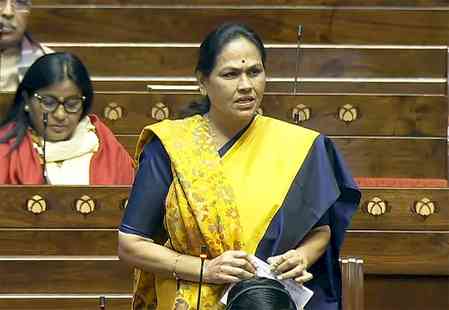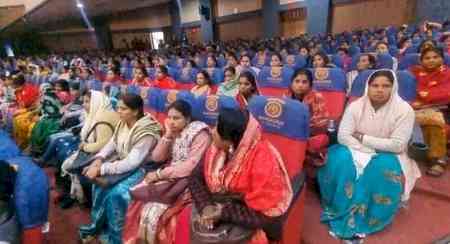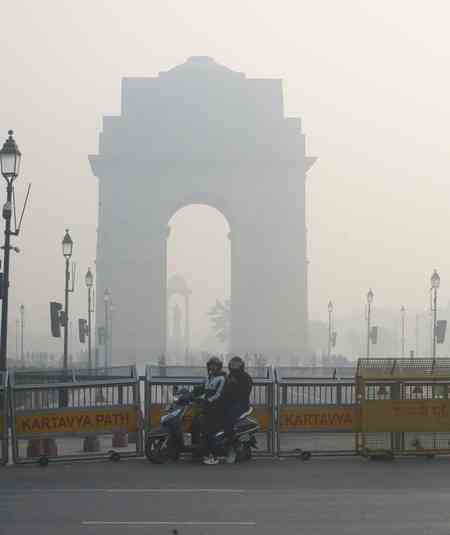Delhi L-G criticises delay in implementing relocation scheme
Delhi Lieutenant Governor V.K Saxena on Friday criticised the long-standing delay in implementing the relocation scheme of the DSIIDC Industries Department in the city government.

New Delhi, Oct 13 (IANS) Delhi Lieutenant Governor V.K Saxena on Friday criticised the long-standing delay in implementing the relocation scheme of the DSIIDC Industries Department in the city government.
As per officials, this scheme, initiated in 1996 following the Supreme Court's directives, aimed to relocate industries operating in non-conforming or residential areas of Delhi, which violated the Master Plan. It sought to move them to conforming areas by providing alternative industrial plots.
Despite receiving 51,837 applications and determining 27,985 eligible units for plot allotment, the scheme has faced significant operational challenges.
The DSIIDC was entrusted with the scheme in 1998, and allotments began in 1999-2000, concluding in 2010. However, even after 26 years, the relocation areas in Bawana and Bhorgarh still lack essential infrastructure, including roads, power, sewer lines, water, and transportation facilities.
During a review meeting attended by key officials and industry representatives, Saxena expressed astonishment at the government's inaction and called for accountability. He highlighted how this inaction had led to the establishment of illegal, pollution-causing industrial units in Delhi, and how it defied the Supreme Court's directions.
Industry representatives shared their frustration, pointing out that the absence of basic infrastructure had made it nearly impossible to operate industrial units in these areas. Out of 21,759 allotted plots, only about 200 units were operational, and 300 more were in various stages of construction.
Saxena emphasised the hardship faced by small industrial units, which had to shut down their businesses and relocate after paying the required amounts but were unable to restart. This situation not only led to economic losses but also a lack of job opportunities, hindering the development plan for the Narela, Bawana, and Bhorgarh areas in North-West Delhi.
Most of the allotted plots under the scheme were small, ranging from 100 sqm to 250 sqm. In Bawana, 4,660 plots were allocated, with the majority measuring 100 sqm each. As of now, 21,459 allottees have paid 100 per cent of the plot or flat costs, but they remain mostly non-operational due to the absence of basic infrastructure. Bawana had the highest number of allotments, followed by Bawana-II (Bhorgarh) and Narela.
Saxena also expressed dissatisfaction with the 308 pending possession cases, despite allottees having paid the full plot cost. The majority of these cases were in Bhorgarh, and the DSIIDC had yet to execute lease deeds in 1,384 cases where possession had already been taken. These cases were distributed among various areas, including Bawana, Bhorgarh, and Narela.


 IANS
IANS 











